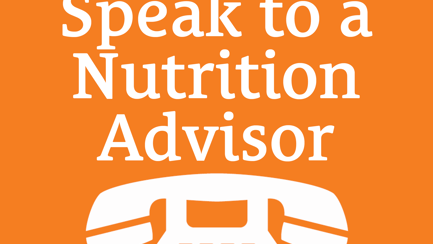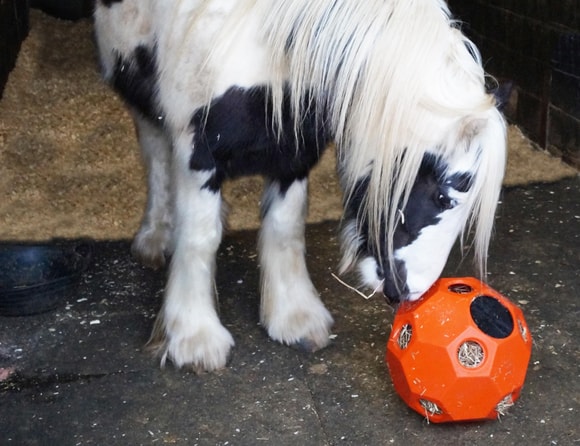
Feeding horses on box rest or during recovery
During their lifetime many horses will have to undergo a period of box rest or recovery for reasons which may include:
- Lameness
- Laminitis
- Recovery from surgery
- Tying up
- Colic
- Viruses
Caring for a horse on box rest can be a difficult time, with concerns over weight management, excitability, stress and digestive health adding to the list of worries on many owners’ minds. However, a few simple considerations will aid recovery and help keep your horse healthy and happy.
Water
Water is the most important, but often the most overlooked component in a horse’s diet. Suddenly having to box rest your horse may have a considerable effect on how much they drink, for example going from a diet consisting mainly of water rich grass to hay will significantly increase water requirement. It’s really important that fresh clean water is provided at all times to reduce the risk of dehydration and impaction colic.
Whilst it may be easy to monitor how much your horse eating, it is worth bearing in mind that in the case of automatic drinkers, it is impossible to monitor how much they are drinking. For this reason, you may want to initially use buckets to ensure your horse is drinking enough. Another tip to aid hydration in stabled horses is to feed a small amount of a mashed fibre feed, you can make it more sloppy to increase water intake and this also encourages further drinking.
Forage
A high fibre diet is key to maintaining digestive health and for horses on box rest, forage should account for the majority of the diet. Wherever possible, forage should be fed ad lib (as much as they can eat) however, for good doers it may be necessary to restrict forage intake to prevent excess weight gain. If this is the case, restrictions should not go lower than 1.5% of current bodyweight per day on a dry matter basis. This is equivalent to approximately 9kg of hay or 11-12kg of haylage per day for a 500kg horse. Haylage needs to be fed at a higher amount to account for its higher water content. It may be beneficial to reduce the calorie content of your forage by slowly mixing in up to 30-50% clean straw rather than reducing the amount of forage fed which will also reduce chewing/foraging time. Keeping chewing/foraging time as high as possible will increase saliva production which only occurs whilst chewing and is very important in helping to neutralise stomach acid. Having long periods without chewing can increase stomach acidity and in turn increase the risk of gastric ulcers developing.
Both hay and haylage can be deceptively high in water soluble carbohydrate (WSC) or ‘sugar’ so the only way to ensure suitability for laminitics is to have your forage analysed. Soaking hay for 6-12 hours (1-3 hours in warm weather) can help reduce the WSC content, although losses are highly variable which means soaking can’t be relied upon to ensure forage is safe for laminitics. If you are going to soak your hay to help reduce the WSC content, you need to increase the amount you soak by 20% to account for some dry matter loss during the soaking process (unless you are feeding soaked hay ad lib). Alternatively, consider using a forage replacer which is of consistent nutritional value.
Forage replacers also prove invaluable for horses unable to chew hay/ haylage. Look for soft, short chop fibre feeds or a quick soak high fibre mash.
You can read more about feeding overweight horses and good doers here.
You can read more about feeding horses and ponies prone to laminitis here.
Maintaining a balanced diet
A balanced diet is essential for any horse and is especially important during recovery from illness or injury. For those able to maintain weight on forage alone, a balancer is the ideal way to ensure optimum nutrition without excess calories. In addition to a full ration of vitamins and minerals, a balancer also provides quality protein, essential for muscle health and recovery. Balancers also include essential antioxidants such as vitamin E, C and selenium which may be useful in reducing oxidative damage which can occur with inflammation at the site of an injury.
Underweight horses
Horses unable to maintain condition on a full ration of low energy (calorie) feed will require a conditioning diet providing higher levels of digestible energy and protein. Traditional conditioning feeds are high in cereals and consequently starch. Look for feeds high in digestible fibre and oil but low in starch, remembering that the most suitable option for your horse may not say ‘conditioning’ on the bag. A nutritionist will be able to offer advice on this.
Respiratory health
Every stabled horse is at risk of lung irritation and with this in mind, box rest can exacerbate respiratory conditions such as Recurrent Airway Obstruction (RAO), formerly known as COPD. Consider a respiratory supplement rich in antioxidants (particularly vitamin C, vitamin E and selenium), that has been scientifically proven to reinforce lung defences. Hay can be soaked for as little as 10 minutes to swell mould spores so they can’t get lodged deep into the lungs where they can cause irritation. Haylage can also be useful in this situation as it contains a higher residual moisture content.
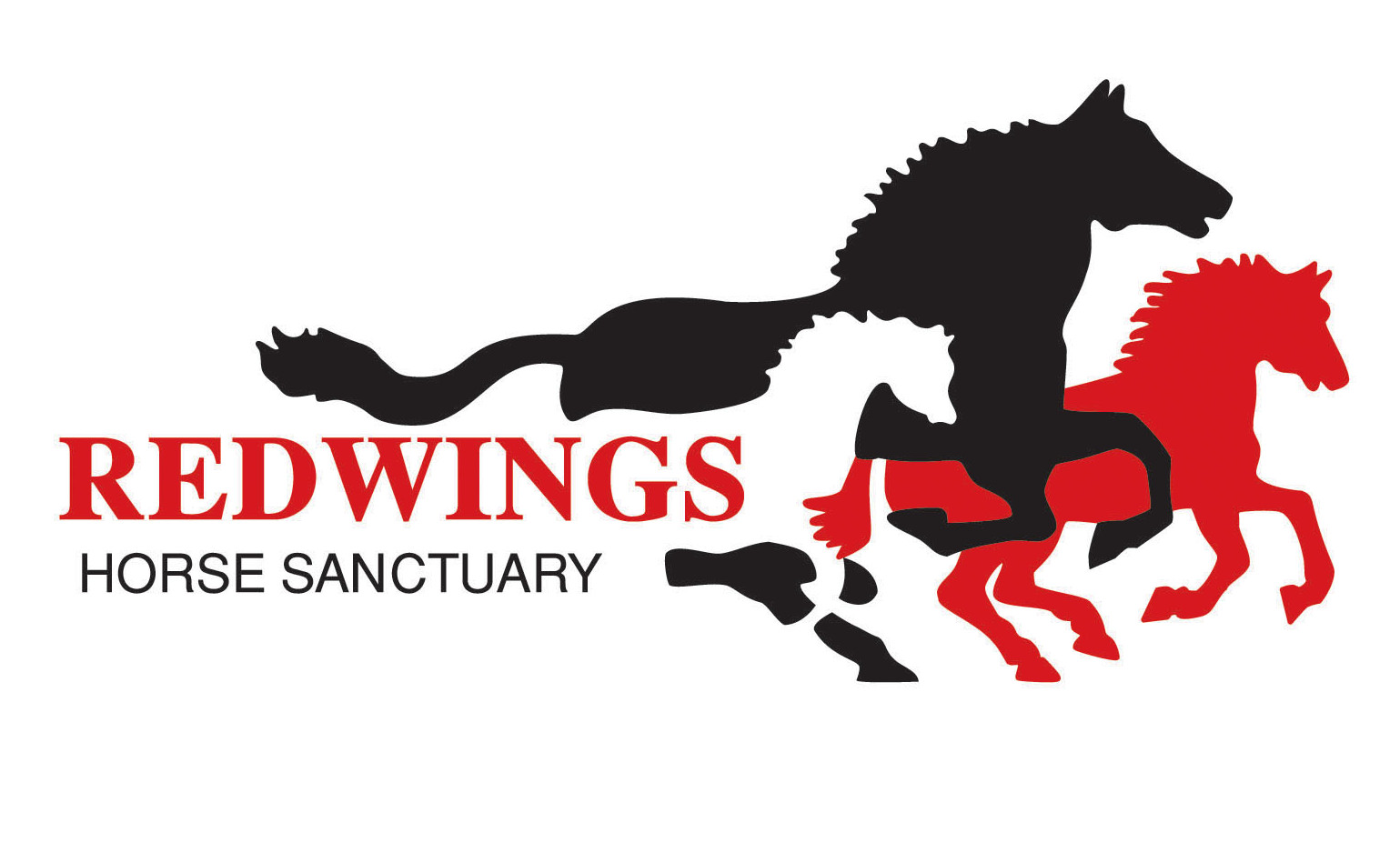
Redwings Horse Sanctuary advice on psychological health & enrichment
Caring for horses means looking after both their physical and their mental wellbeing. Sometimes, balancing the two can be challenging, particularly when a horse requires box rest for veterinary reasons.
Horses evolved as herd animals who spent their days roaming over a wide area to graze and browse together. Even after thousands of years of domestication, equine brains are still hardwired with the need to exhibit these behaviours. We can summarise these instincts as ‘The Three Fs’:
- Friends
- Food
- Freedom
Friends
- If possible, ensure stabled horses can see and hear at least one other equine.
- If a horse is closely bonded with another, consider keeping the friend in an adjacent stable so they can see each other and perhaps even find opportunities for interaction.
- Some horses don’t get on, so avoid close neighbours who aggravate each other (stabling further apart so they can still see another equine can be beneficial).
- Stable mirrors work well for many horses. They aren’t as effective as a real friend but can often be transformative for a horse that struggles to settle in a stable. They aren’t suitable for stallions and should be introduced with care to observe how an individual responds.
- Human company can also help compensate for solitary stable time. Many horses enjoy wither scratches, head rubs and grooming sessions, though, as always, be guided by a horse’s response to interactions.
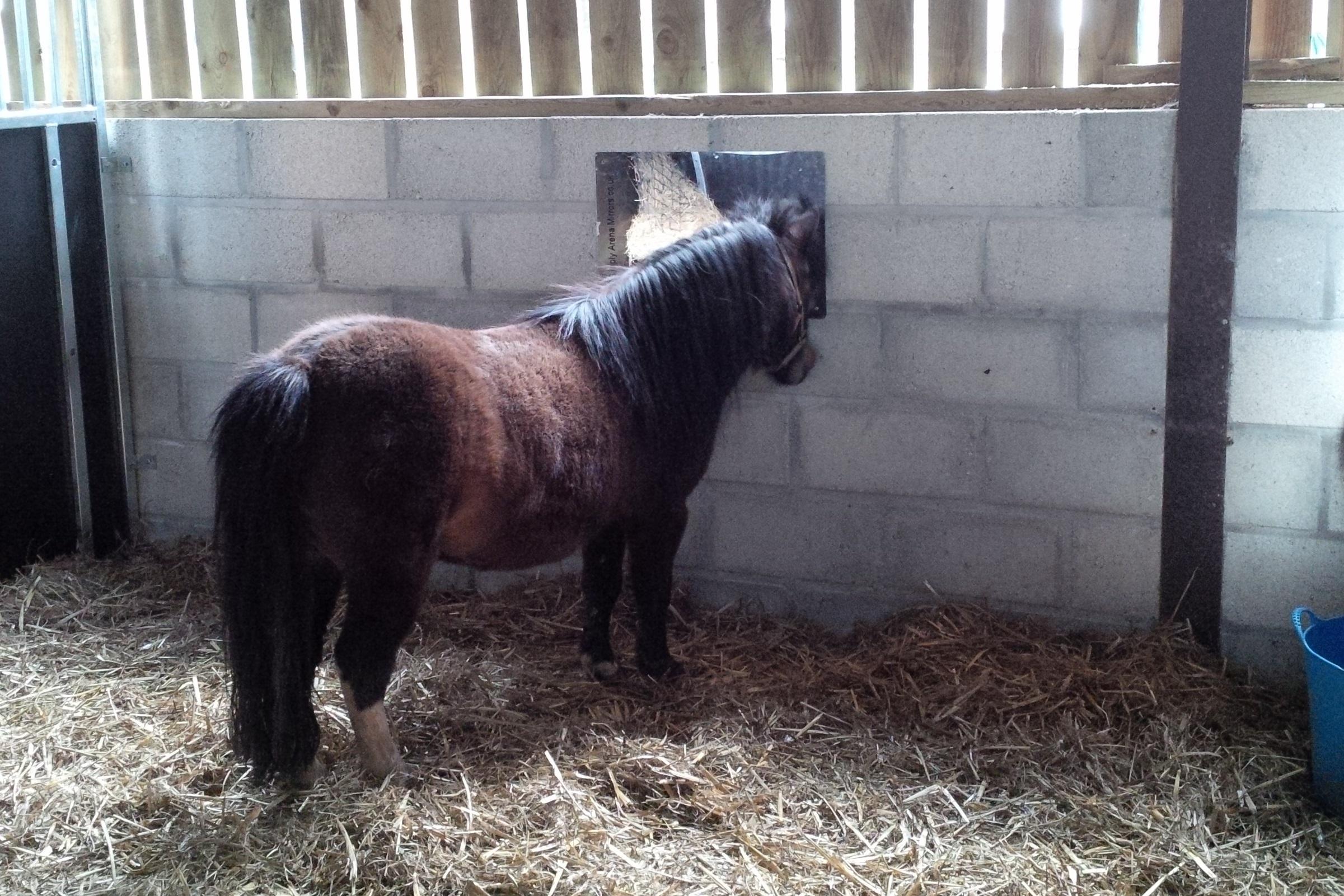
Food
- If you need to restrict your horse’s forage intake to prevent weight gain, look for ways to increase eating time by slowing down feeding.
- Consider using double-netted, small-holed haynets to make forage go further (though ensure a horse is eating and not just getting frustrated and giving up).
- Try splitting forage rations and place at different points around the stable for variety (this can also be done in a paddock).
- Consider using hay balls and/or feed balls to engage a horse’s brain and make food last longer.
- Hang bundles of tasty natural plants for the horse to pick at in the stable, when in leaf, branches from trees such as willow can give them something to nibble at. NB: always check the safety of any plants before offering them to your horse.
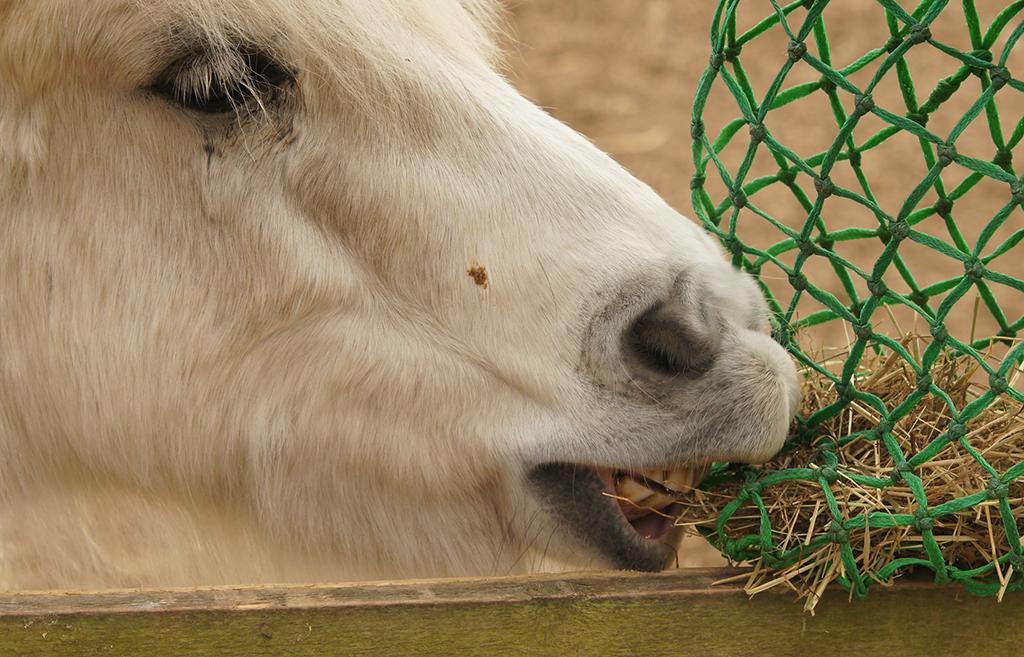
Freedom
- Having a good wide view has been shown to benefit stabled horses, ideally with other horses in sight too.
- Stables with a double aspect (a window as well as a door) have also been shown to benefit their occupants, providing a wider field of vision and letting in more light.
- Ensure smaller ponies can also enjoy a good view by using a gate rather than solid stable door.
- Some horses on box rest may enjoy things going on around them so placing them at a busier part of the yard can give them something to focus on. Other horses may prefer a quieter environment – every horse is an individual.
- Consider lighting so horses are not stuck in the dark on gloomy days or exposed to bright light at night. Light is an important factor in maintaining natural cycles of activity and rest.
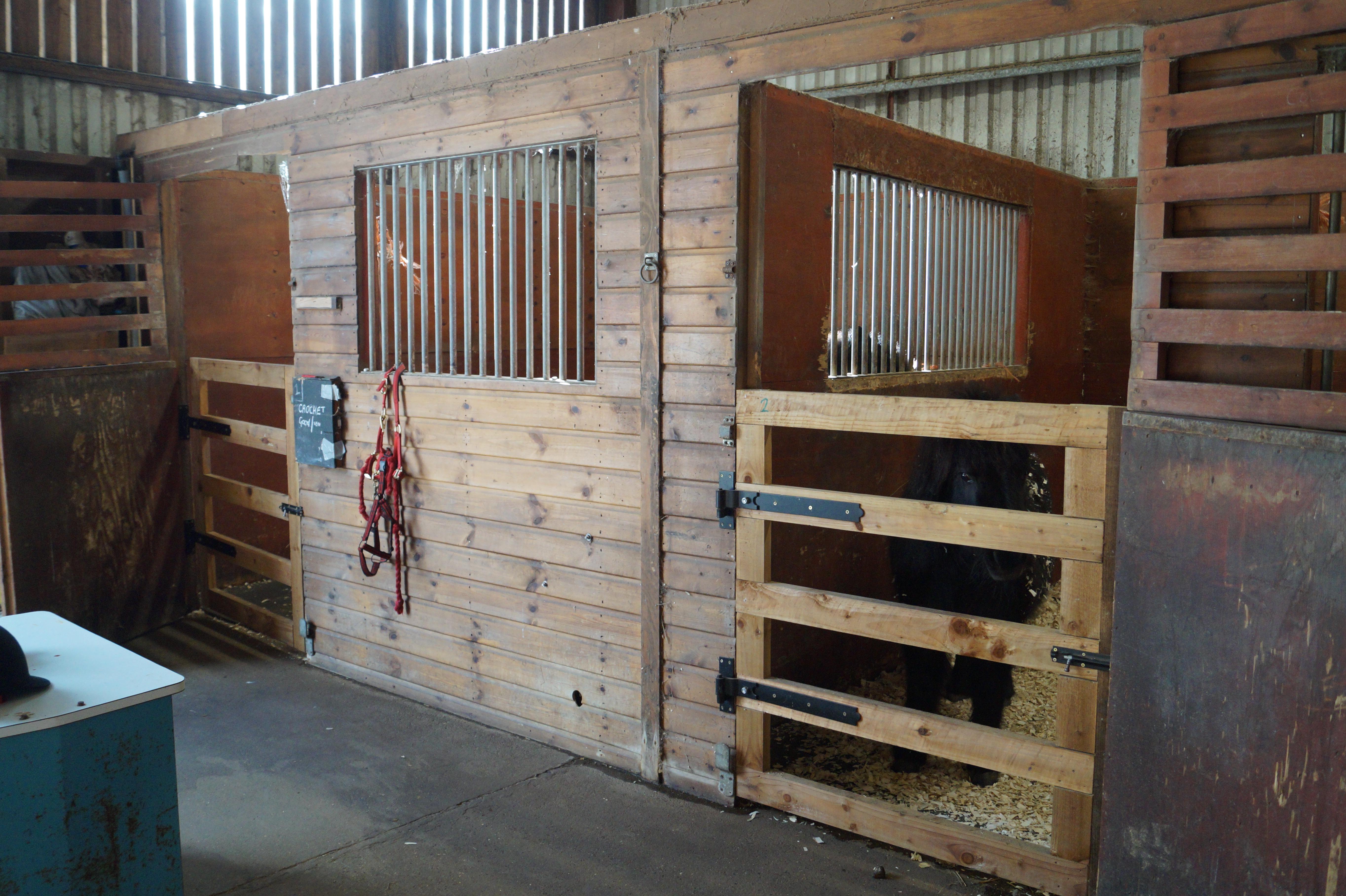
Mindful enrichment
Stable toys are a great idea but are best when known to be something a horse enjoys interacting with and which is offered for specific periods to maintain their appeal. Simply leaving a toy in a stable with a horse that ignores it is not effective enrichment. The jury is out on radios for horses. While radios are more natural for vocal humans than quiet horses, some research shows that some horses seem more relaxed with a radio on for part of the day. Studies indicate that classical or country music is much more calming than rock or jazz so let your horse choose the station!
For more ideas and links on enrichment go to Redwings Horse Sanctury's enrichment blog.
